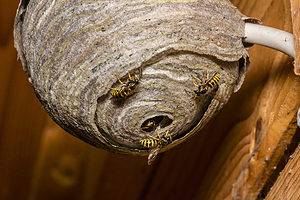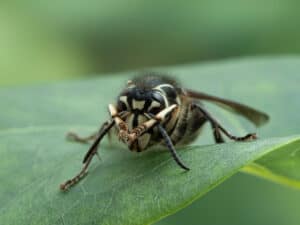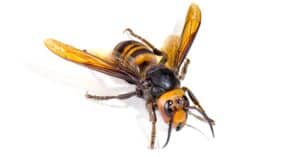Continue reading for our analysis...
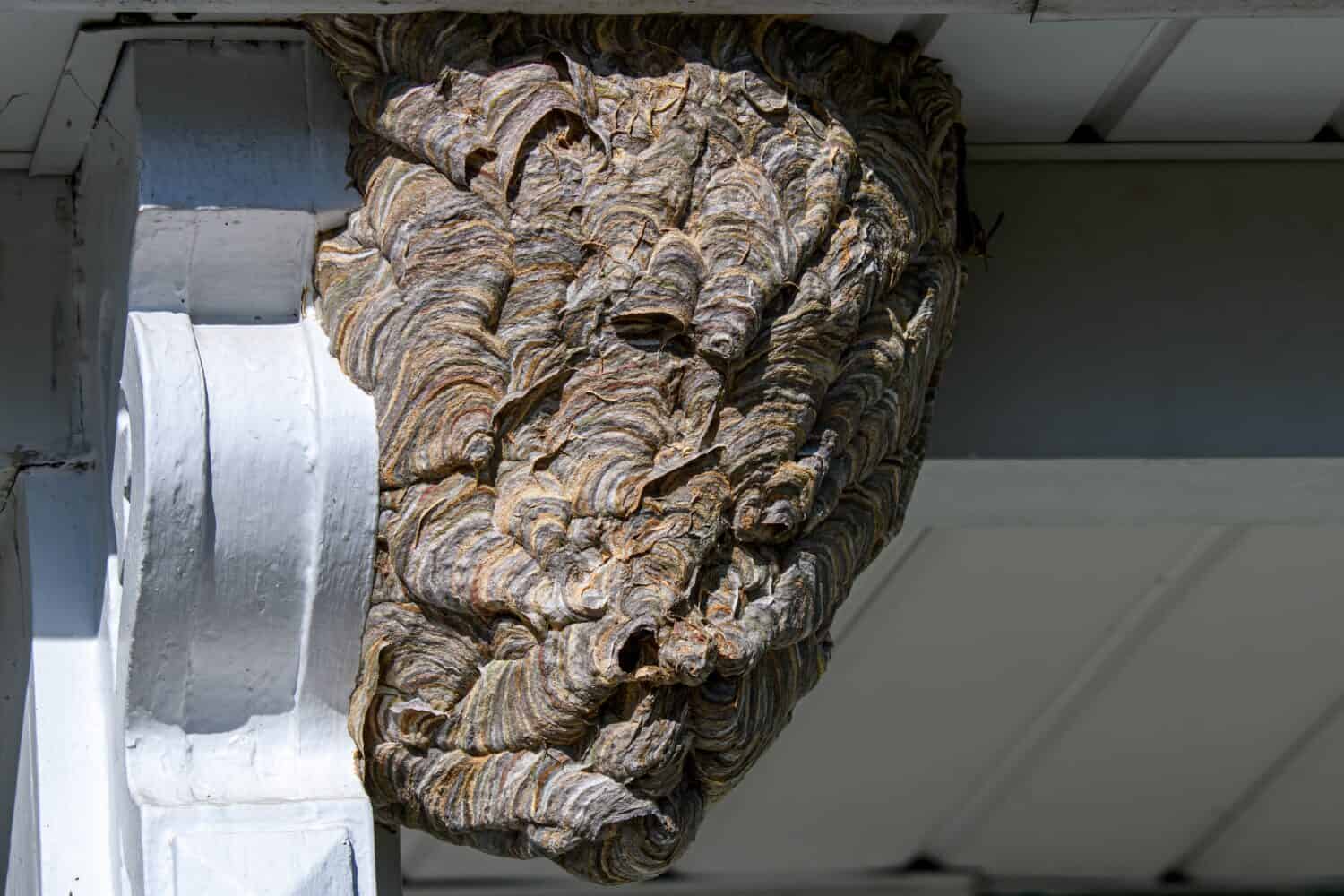
It can be challenging and terrifying to have a wasp, hornet, or bee nest near your home. It can be particularly dangerous if you have children or outdoor pets. Being stung by a bee is unpleasant, even if you’re not overly sensitive to bees or their stings.
Although these creatures leave you alone unless they’re threatened, most homeowners don’t want a massive nest hanging on or around their property. What’s more dangerous than a wasp nest? Disturbing it.
A man was filmed using a unique method for nest removal. He made the decision to act using extreme tactics since there were numerous wasp nests on his land. Thankfully for us, his buddy filmed the entire ordeal, giving us one heck of a video to watch.
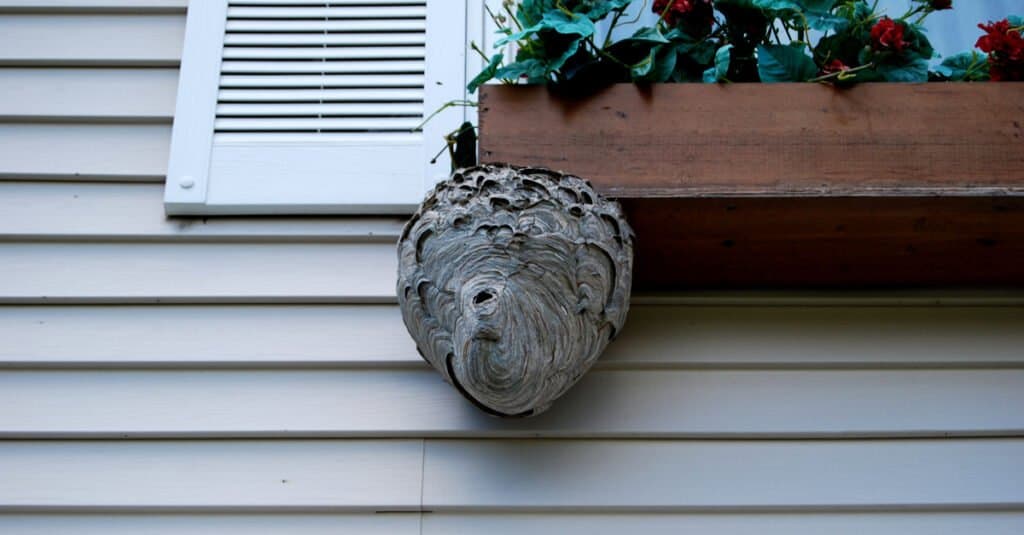
Hornet nests are normally built above ground. If endangered, the entire swarm can attack an intruder.
©Klod/Shutterstock.com
We can see two enormous nests hanging from trees and the edge of his roof, respectively. He solved the issue by mounting an M80 on a stick with a little bit of cunning thinking. For the nest on the tree, he lights the firecracker, holds it with the stick near the nest, and within seconds the entire thing is obliterated.
He repeats this method for the nest hanging off of his roof. Not only could he get hurt in the process, but he could’ve created quite a bit of damage to his home.
Is This a Safe Method of Removing a Nest?
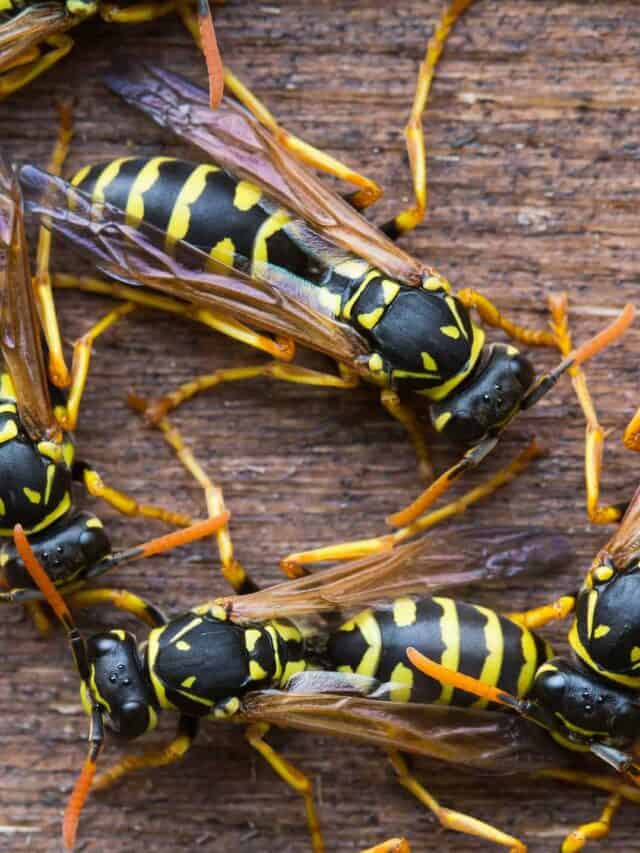
Wasps are important members of the ecosystem.
©FCerez/Shutterstock.com
There are much safer and more humane methods for getting rid of these pesky insects. Firecrackers can cause serious injuries, and using them for anything other than shooting them into the sky is ill-advised.
Since disturbing a wasp nest is a generally dangerous task, it’s best to do this chore in the evening. Gently enclose the wasp nest with a trash bag; Remove the wasp nest from whatever it is attached to, then place it inside the bag.
Put the trash bag in an outdoor trash can with a tight-fitting lid, preferably far from the home. If you’re like me and don’t even want to touch the nest, there are other removable methods that work just as well.
Bees and other insects are both repelled by an ultrasonic insect repellant. Prevent pests and insects from getting in your home. Never be concerned about having to kill wasps when using one of these bad boys.
Just plug one of these pest deterrents into an electrical outlet at the beginning of spring, and there won’t be any bees or wasps to worry about! If you already have a wasp nest and prefer keeping your distance, you can always call a professional!
Is It Normal For Wasps to Sting Humans?
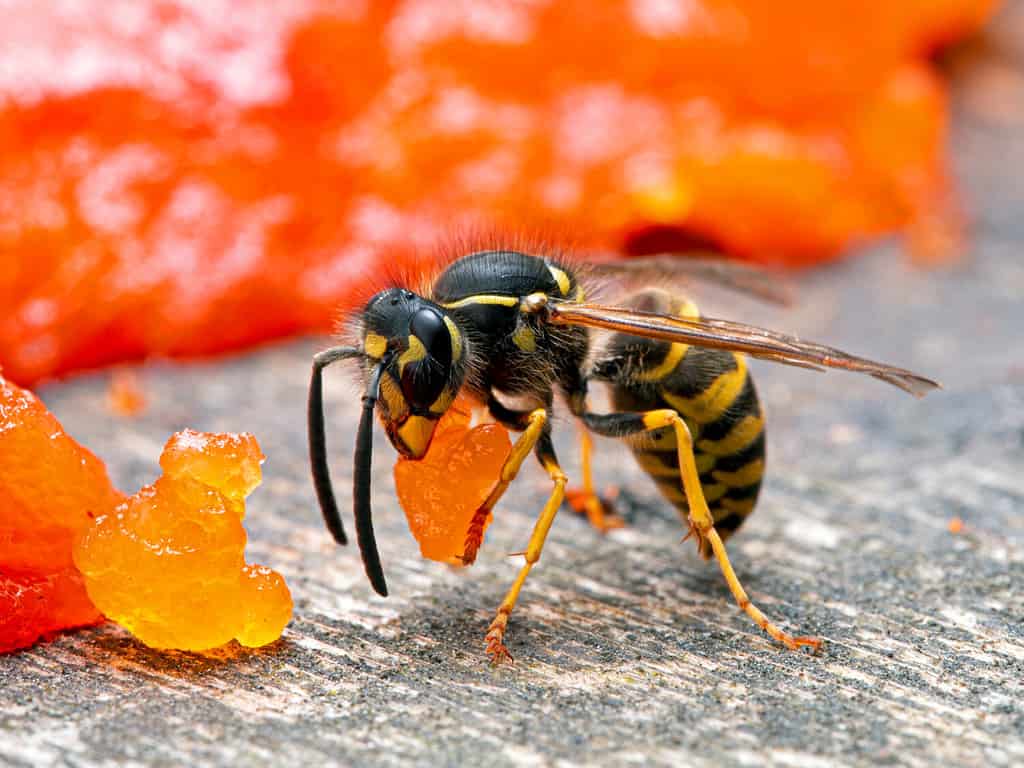
Wasps are too busy to bother flying around stinging humans.
©Ernie Cooper/Shutterstock.com
When it comes to wasp behavior, the question of whether it is normal for these insects to sting humans often arises. Wasps are known for their ability to deliver painful stings, but it is important to understand the context in which they do so.
For starters, wasps typically exhibit defensive behavior when they feel threatened, or their nests are disturbed. This instinctual response helps them protect themselves and their colonies from potential harm. While some species may be more aggressive than others, stinging humans is generally not a primary objective for wasps.
That being said, encounters between humans and wasps can sometimes result in accidental stings. For instance, if a person unknowingly disturbs a nest while gardening or engaging in outdoor activities near where wasps reside, they may provoke a defensive response from the colony.
Moreover, certain factors such as bright colors or strong scents can attract these buzzing creatures toward humans who unintentionally become targets due to mistaken identity or perceived threat. In such cases, avoiding sudden movements and calmly moving away from the area can help mitigate any potential conflict with these fascinating yet misunderstood insects.
In conclusion, while it is not entirely unusual for wasps to sting humans in specific circumstances related to self-defense or misunderstandings about threats posed by people’s actions or appearance. However, this should not overshadow their essential ecological role as pollinators and natural pest controllers. Understanding proper etiquette around these creatures allows us to coexist peacefully with them.
How Large Do Wasps Get?
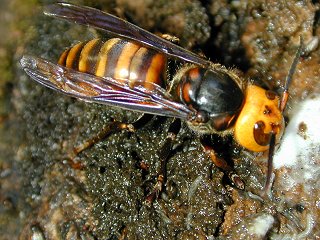
Asian Giant Hornet
is the largest species of hornet in existence.
©田中利秋 / CC BY-SA 2.5 – License
Comparatively, wasps measure approximately one-third of an inch (around one centimeter) to one inch (about two and a half centimeters) in length. Hornets, however, boast a larger size. Distinguishing features include the black and yellow rings of wasps, whereas hornets display a pattern of black and white rings.
Boasting remarkable size, the Asian giant hornet (Vespa mandarinia), commonly referred to as the northern giant hornet or the ‘murder hornet’, rightfully claims the distinction of being the world’s largest wasp. This recognition also extends to it being unequivocally the largest hornet in existence.
Thank you for reading! Have some feedback for us? Contact the AZ Animals editorial team.




